Moet et Chandon Champagne
Discover the world’s most celebrated Champagne with Moët et Chandon, a prestigious French sparkling wine crafted in the heart of Épernay, Champagne, France. Established in 1743, Moët & Chandon is renowned for producing luxurious Champagnes that embody elegance, finesse, and sophistication.
Moët et Chandon owns over 1,000 hectares of vineyards, making it the largest estate in the Champagne region. Each bottle is created using the traditional méthode champenoise, blending the finest Chardonnay, Pinot Noir, and Pinot Meunier grapes to deliver a perfectly balanced taste.
The brand offers a wide collection, including:
-
Moët Impérial Brut – Fresh, vibrant, and iconic.
-
Moët Rosé Impérial – Fruity, seductive, and elegant.
-
Moët Ice Impérial – The first Champagne crafted to be enjoyed over ice.
-
Moët Nectar Impérial – Rich, sweet, and indulgent.
-
Moët Grand Vintage – Unique expressions from exceptional harvest years.
Tasting Notes
-
Appearance: Golden color with fine, persistent bubbles.
-
Aroma: Fresh fruit, citrus, floral notes, and hints of brioche.
-
Palate: Smooth, well-balanced, with a refined finish.
Perfect For
-
Weddings, anniversaries, and luxury events
-
Corporate gifts and VIP celebrations
-
Fine dining and gourmet pairings
Food Pairings
Moët et Chandon pairs beautifully with seafood (lobster, oysters, sushi), poultry, soft cheeses, and fruit-based desserts.
Packaging & Availability
-
Bottle Sizes: 750ml, Magnums, Jeroboams, and larger formats available.
-
Alcohol Content: Approx. 12% ABV.
-
Packaging: Elegant branded bottles with premium gift boxes on request.
Why Choose Moët et Chandon?
✔ Over 275 years of Champagne-making heritage
✔ Globally recognized symbol of luxury & celebration
✔ Available in more than 150 countries worldwide
✔ Ideal for wholesale, export, and B2B distribution
-
Chardonnay – Brings elegance, freshness, and citrus notes.
-
Pinot Noir – Adds body, structure, and red fruit richness.
-
Pinot Meunier – Contributes fruitiness, roundness, and balance.
-
Harvesting – Grapes are handpicked to ensure quality.
-
Pressing & Fermentation – Juice is fermented into still wine.
-
Blending – The chef de cave (cellar master) blends wines from different vineyards and vintages to create consistency.
-
Second Fermentation in Bottle – The wine undergoes secondary fermentation with yeast and sugar, creating natural bubbles.
-
Aging – Non-vintage Champagnes age for at least 2 years, while vintage Champagnes can age for 7 years or more in Moët’s cellars.
-
Riddling & Disgorging – Bottles are turned to collect yeast sediment, which is later removed.
-
Dosage & Corking – A small amount of sugar (dosage) is added to determine the Champagne style (Brut, Demi-Sec, etc.).
-
Style: Brut, fresh, vibrant, iconic.
-
Blend: Over 100 wines, including 20–30% reserve wines.
-
Tasting Notes: Apple, citrus, brioche, and white flowers.
-
Best Pairings: Sushi, white meats, seafood.
-
Style: Seductive and fruity rosé Champagne.
-
Tasting Notes: Wild strawberry, raspberry, cherry, and rose petals.
-
Pairings: Grilled fish, red fruits, desserts.
-
Style: The first Champagne designed to be enjoyed over ice.
-
Tasting Notes: Tropical fruits, mango, guava, and caramel.
-
Occasion: Summer celebrations, pool parties, luxury beach events.
-
Style: Demi-sec, rich and indulgent.
-
Tasting Notes: Exotic fruits, vanilla, honey, and creaminess.
-
Pairings: Spicy dishes, foie gras, and desserts.
-
Style: Unique expressions from a single exceptional harvest.
-
Aging: At least 7 years.
-
Tasting Notes: More complex, toasted, and mature notes.
-
Pairings: Fine dining, aged cheese, gourmet dishes.
-
Style: Vintage rosé with intensity and structure.
-
Notes: Berries, spice, and floral complexity.
-
Appearance: Moët Champagnes are known for their fine golden bubbles and lively mousse.
-
Aroma: Fruity and floral with hints of toast and brioche.
-
Taste: Balanced acidity, creamy texture, and elegant finish.
-
Ideal Temperature: 8–10°C (46–50°F).
-
Glassware: Use a tulip glass to preserve aromas.
-
Occasions: Perfect for weddings, anniversaries, luxury dinners, and gifting.
-
Seafood: Oysters, lobster, sushi, caviar.
-
Meat: Poultry, veal, duck.
-
Cheese: Brie, camembert, aged parmesan.
-
Desserts: Fruit tarts, macarons, chocolate fondant.
-
The Cannes Film Festival
-
Formula 1 podium celebrations
-
Hollywood red-carpet events
-
Royal weddings and state banquets
-
Heritage & Prestige – Nearly 300 years of history.
-
Consistency & Quality – Every bottle guarantees excellence.
-
Wide Range – From classic Brut to indulgent Demi-Sec.
-
Global Availability – Found in over 150 countries.
-
Luxury Branding – Associated with elegance, exclusivity, and status.
Moet et Chandon Champagne – A Complete Guide to the World’s Most Celebrated Sparkling Wine
Introduction: The Legacy of Moet et Chandon Champagne
When it comes to luxury Champagne brands, few names shine as brightly as Moët et Chandon. Known worldwide for its elegance, finesse, and centuries-long heritage, Moet et Chandon Champagne represents the very essence of French luxury and celebration. With its origins tracing back to Épernay, in the heart of France’s Champagne region, Moët & Chandon has become a global icon of sparkling wine excellence.
This detailed guide will explore the history, origins, production methods, grape varieties, Champagne collections, tasting notes, food pairings, and global market presence of Moët et Chandon. Additionally, it will highlight why this premium French Champagne is a favorite for weddings, anniversaries, corporate events, and exclusive celebrations across the globe.
By the end, you’ll understand why Moët et Chandon is not just Champagne—it is a timeless symbol of prestige, celebration, and refinement.
Origins and History of Moet et Chandon Champagne
The Birth of a Legacy
Moët et Chandon was founded in 1743 by Claude Moët, a visionary French wine merchant from Épernay. At the time, Champagne was still a developing wine style, but Claude recognized its potential for the French nobility and aristocracy. His grandson, Jean-Rémy Moët, expanded the brand internationally and made Moet et Chandon Champagne a household name among Europe’s elite.
By the 18th century, Moet et Chandon Champagne was being enjoyed in royal courts, including by figures such as Napoleon Bonaparte, who became a loyal admirer. The Emperor even developed the tradition of “sabrage”—opening a bottle with a sword—to celebrate victories.
A Champagne House of Innovation
Moet et Chandon has always been at the forefront of innovation. In 1842, they produced their first vintage Champagne, a tradition they have upheld ever since. In 1843, they established one of the largest Champagne cellars in Épernay, stretching over 28 kilometers underground, where bottles age under perfect conditions.
Today, the Maison is part of the LVMH Group (Moët Hennessy Louis Vuitton), a global luxury powerhouse. Despite its scale, Moët et Chandon maintains its heritage of craftsmanship, producing some of the world’s most sought-after sparkling wines.
The Champagne Region: The Terroir of Moët et Chandon
To appreciate Moet et Chandon Champagne, one must understand its terroir. Champagne can only be produced in the Champagne AOC region of France, a UNESCO World Heritage Site.
Location and Vineyards
Moët et Chandon owns over 1,000 hectares of vineyards, making it the largest estate in the Champagne region. Their vineyards stretch across prestigious areas like the Montagne de Reims, Côte des Blancs, Vallée de la Marne, and Épernay.
Grape Varieties
Moet et Chandon Champagnes are crafted from the three main Champagne grapes:
The careful blending of these grapes creates the signature Moët et Chandon style—vibrant, seductive, and balanced.
Champagne-Making Process
The meticulous Méthode Champenoise (traditional method) is used to produce Moët et Chandon Champagne.
This time-honored process ensures every bottle delivers refinement, effervescence, and complexity.
Moet et Chandon Champagne Collections
Moet et Chandon Champagne offers a wide range of prestigious Champagnes, each designed for different tastes and occasions.
1. Moët Impérial (Flagship)
2. Moët Rosé Impérial
3. Moët Ice Impérial
4. Moët Nectar Impérial
5. Moët Grand Vintage
6. Moët Grand Vintage Rosé
7. Prestige Cuvée – Dom Pérignon (Produced by Moët et Chandon)
While branded separately, Dom Pérignon is produced by Moët et Chandon and is considered one of the most prestigious Champagnes in the world.
Tasting Notes and Serving Tips
Serving Tips:
Food Pairings with Moët et Chandon Champagne
Moet et Chandon Champagne pairs beautifully with a wide range of dishes:
Moët Rosé is particularly versatile with Mediterranean dishes, while Moët Nectar Impérial complements spicy Asian cuisines.
Global Recognition and Sales
Moët et Chandon is the world’s largest Champagne producer, with over 30 million bottles sold annually. Its presence spans across luxury hotels, Michelin-star restaurants, duty-free shops, and premium retailers.
The brand is also a partner of prestigious events, including:
This visibility has cemented Moët et Chandon as the symbol of celebration worldwide.
Why Choose Moët et Chandon?
Conclusion: The Timeless Elegance of Moët et Chandon
From its beginnings in 1743 to its global dominance today, Moet et Chandon Champagne has remained synonymous with luxury, sophistication, and joy. Whether enjoyed at a glamorous red-carpet event, an intimate dinner, or a milestone celebration, Moët et Chandon elevates every occasion.
Its wide portfolio, exceptional quality, and legendary reputation make it the world’s most celebrated Champagne brand. Choosing Moët et Chandon is more than choosing a drink—it’s choosing to embrace heritage, celebration, and timeless elegance.

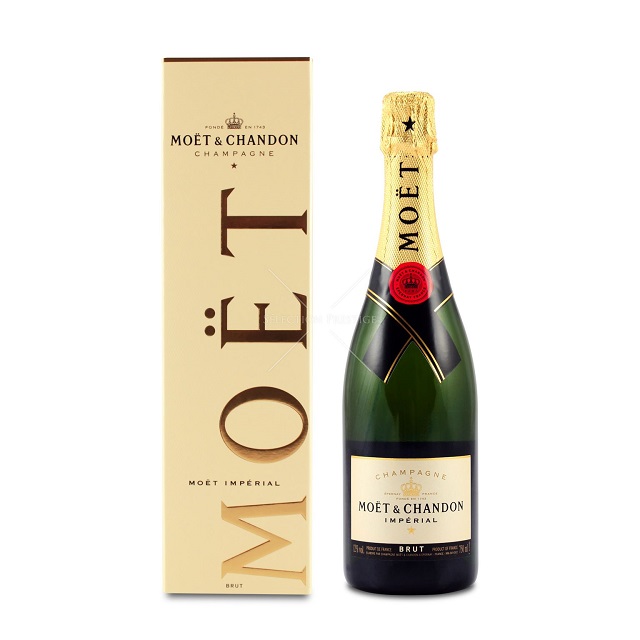
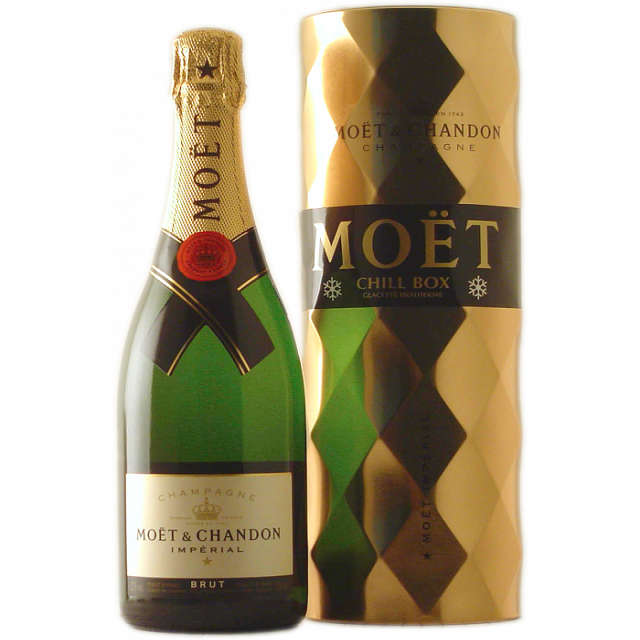
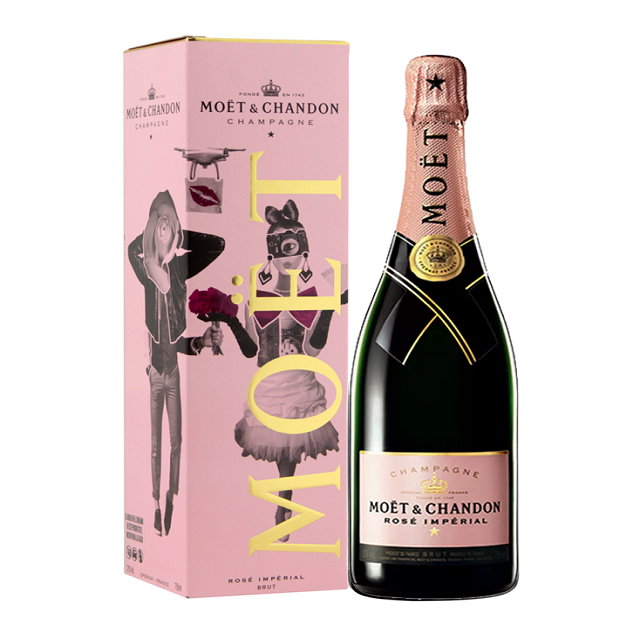
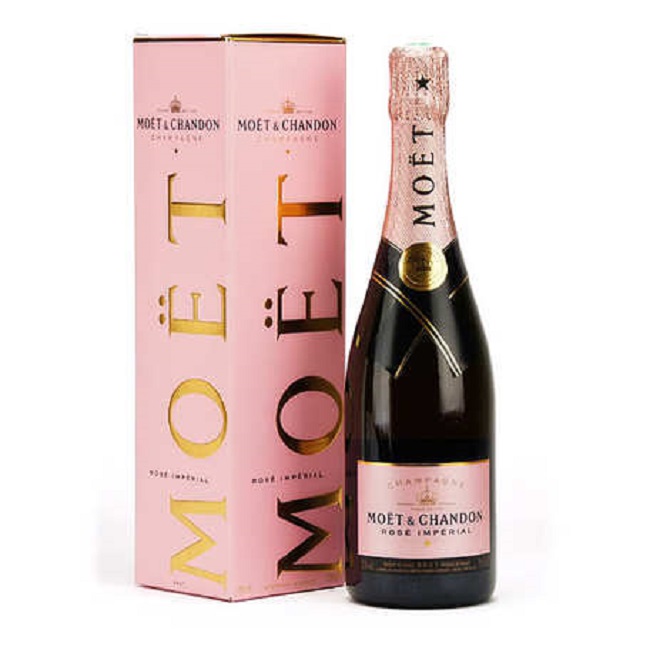
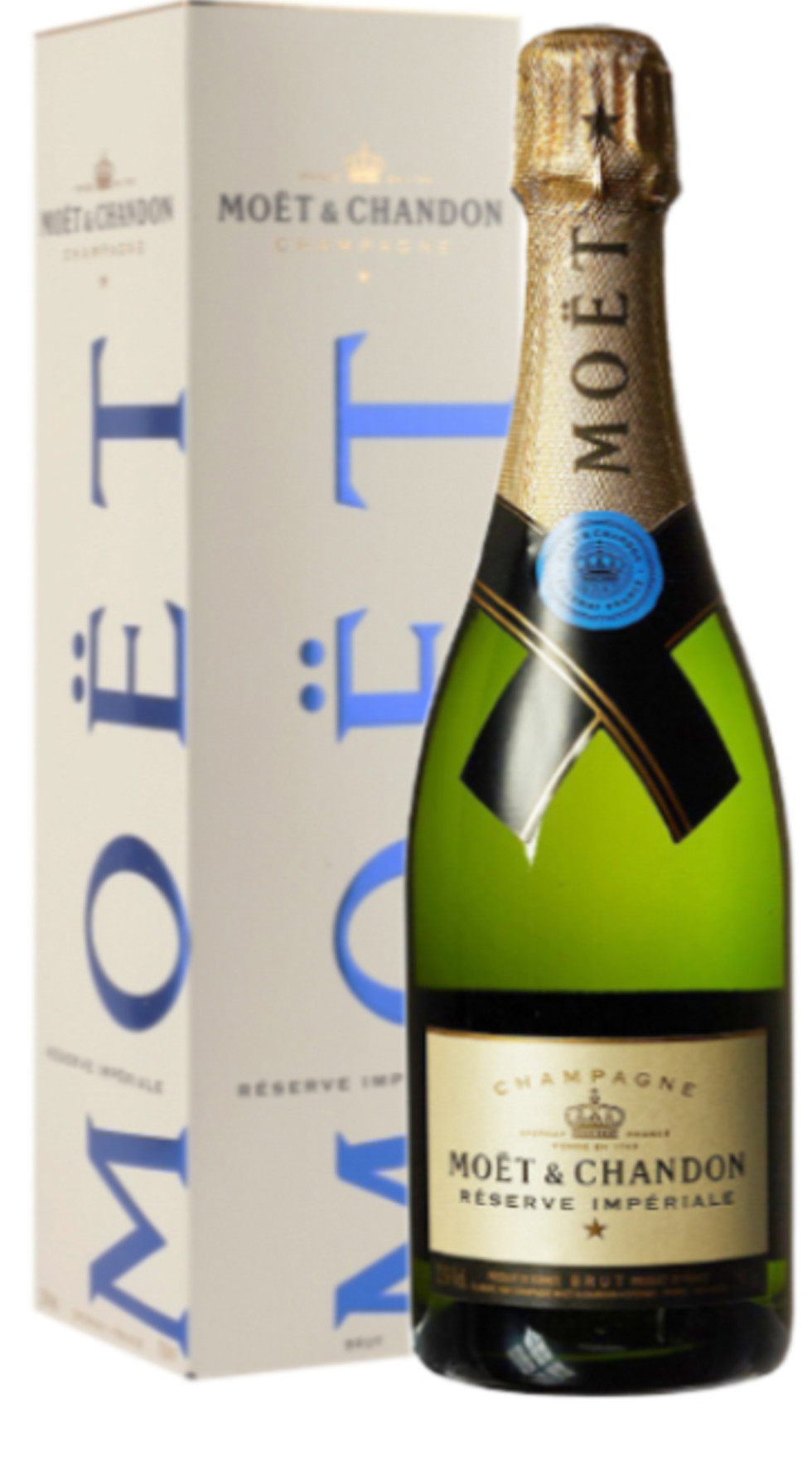
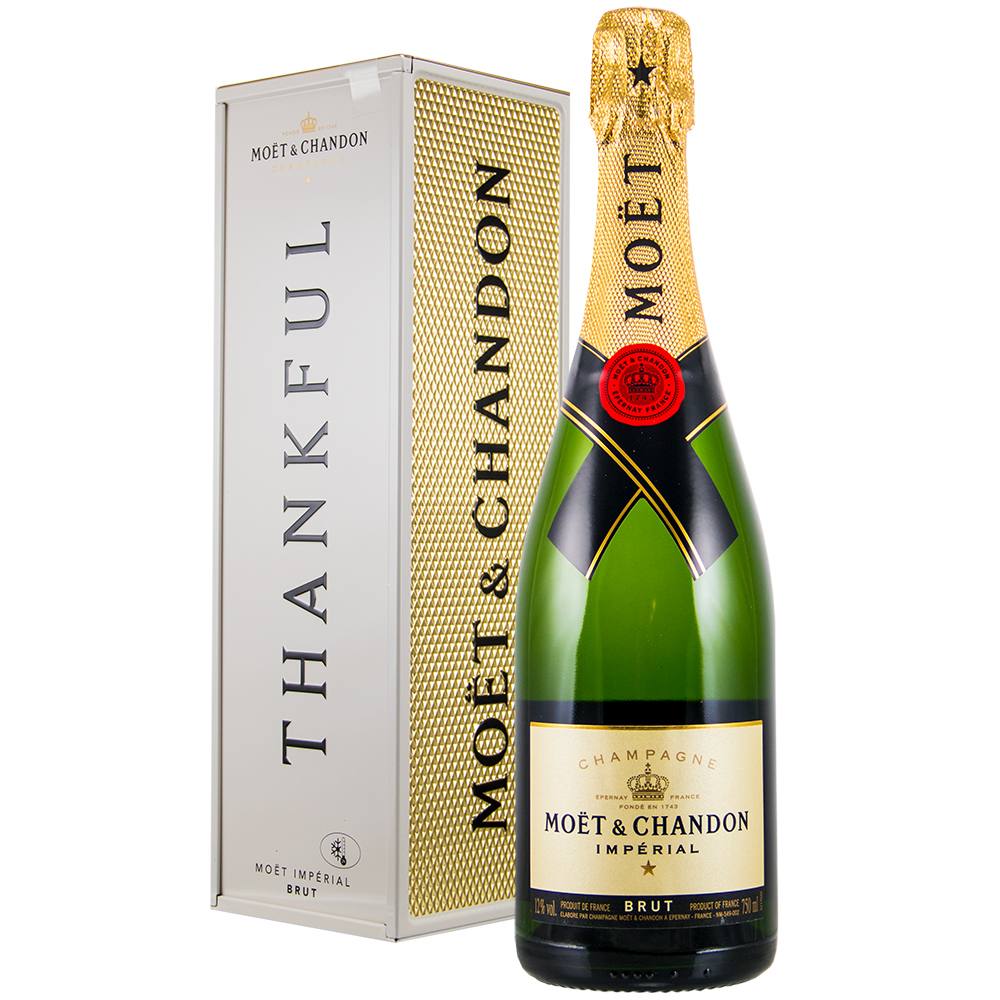
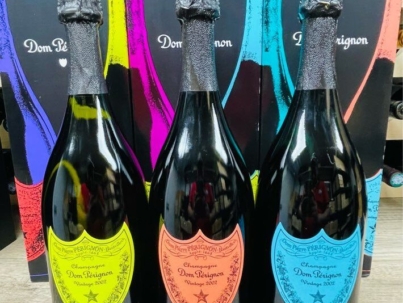
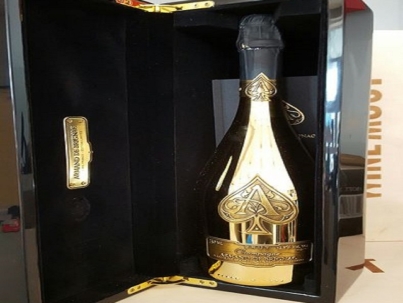
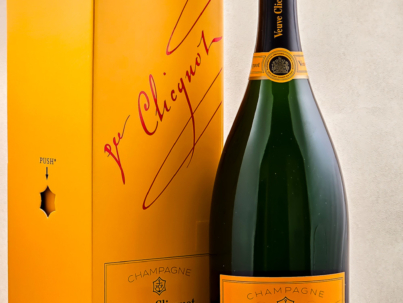

Reviews
There are no reviews yet.